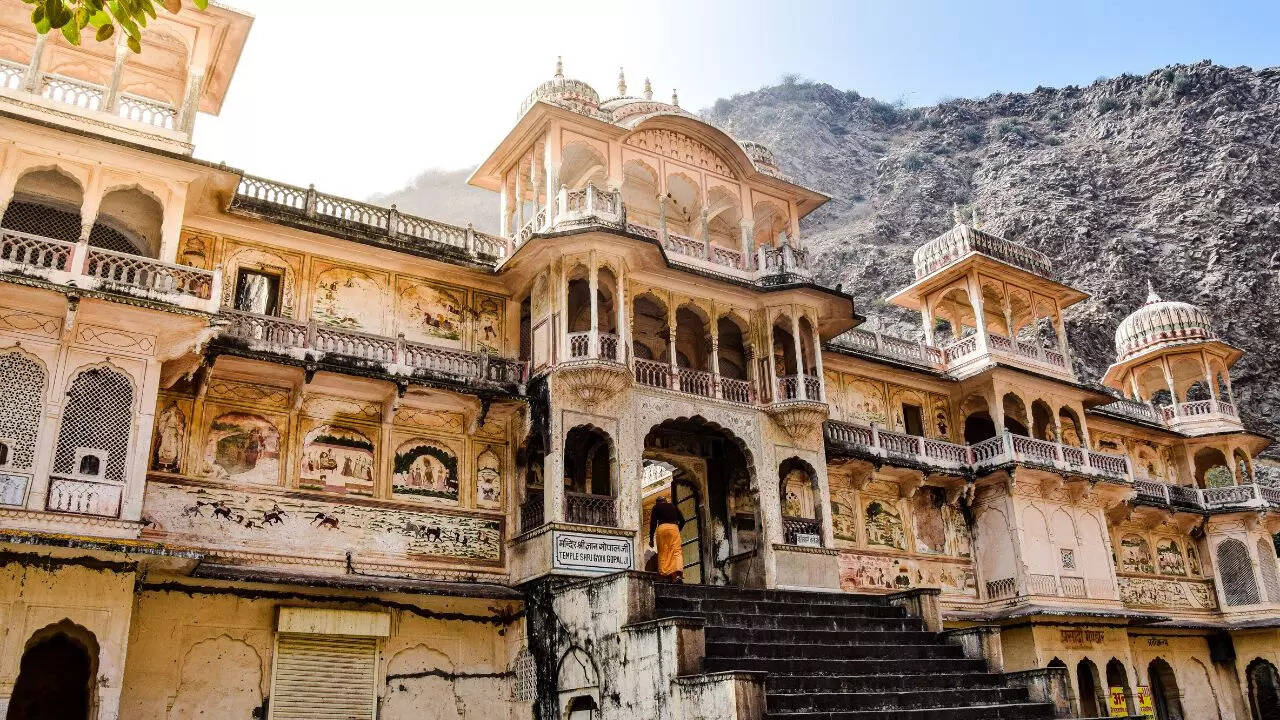
World Heritage Week, celebrated every year from 19 to 25 November, is a time to reflect on the rich historical and cultural heritage that defines our world. With numerous UNESCO World Heritage Sites spread across the country, each brimming with stories of ancient empires, architectural wonders and cultural milestones, there’s no better way to bring history to life for kids.
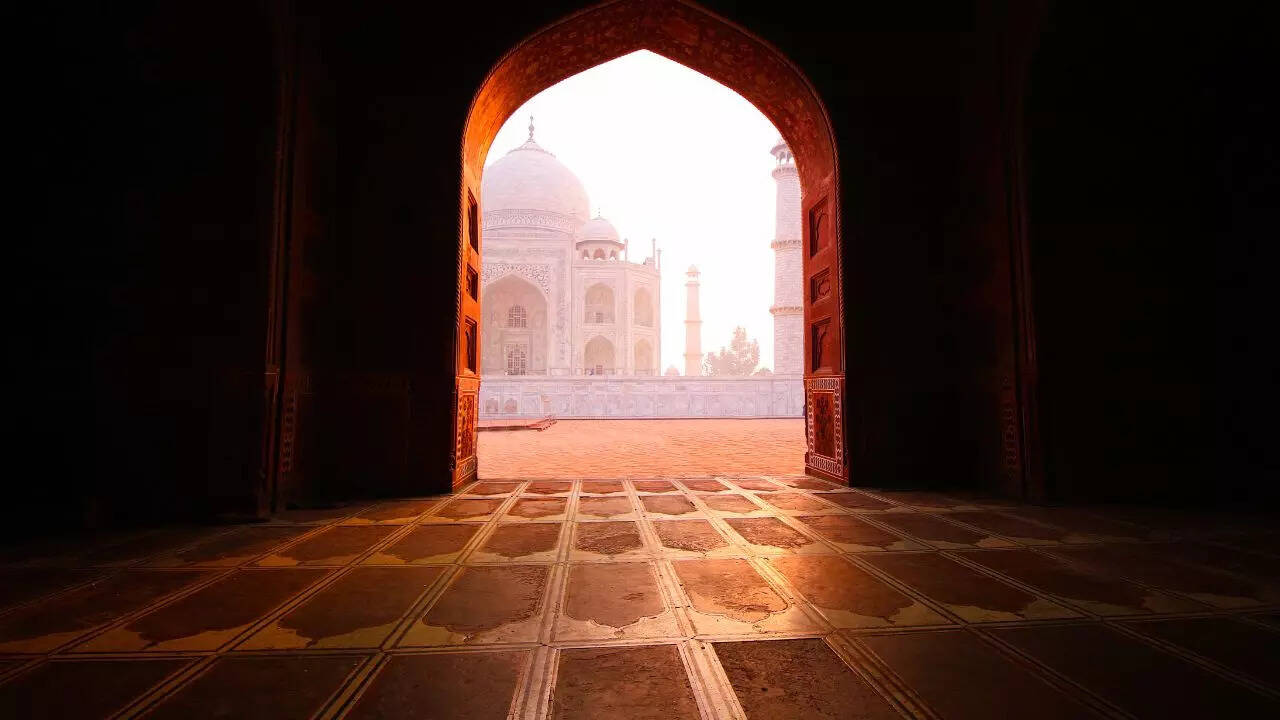
Taj Mahal, Uttar Pradesh
A masterpiece of Mughal architecture and one of the Seven Wonders of the World, the Taj Mahal is one of India’s greatest heritage sites, and for all the right reasons. Located in Agra, Uttar Pradesh, this UNESCO World Heritage Site was built in 1632 by Emperor Shah Jahan as a mausoleum for his beloved wife Mumtaz Mahal. A visit here introduces children to Mughal history, art and architecture.
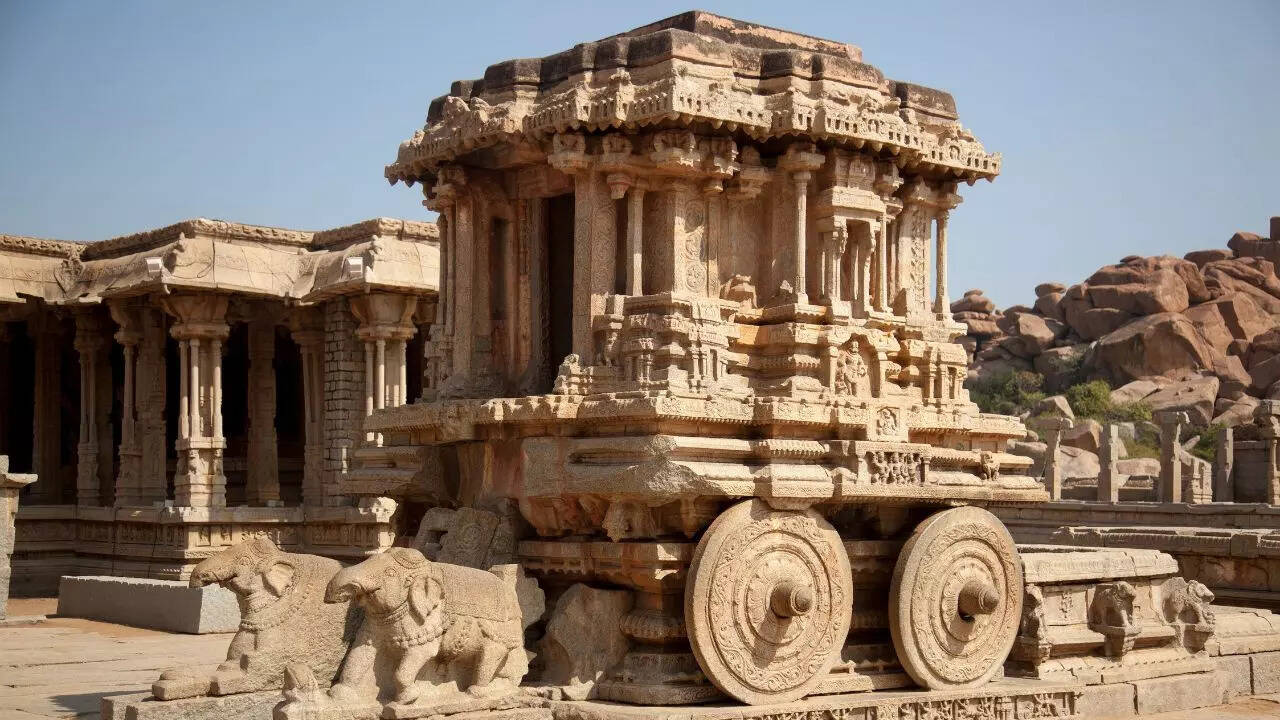
Hampi, Karnataka
Located on the banks of the Tungabhadra River, Hampi was once the capital of the Vijayanagara Empire. Today it is a stunning open-air museum of ruins, temples and boulder-strewn landscapes. Take your kids to ancient temples like the ruins of Virupaksha and Vitthala temples, elephant stables and lively markets. The entire complex can be visited in 3-4 days, interspersed with short hikes, coracle boat rides and a sunrise trek up Anjanadri hill.
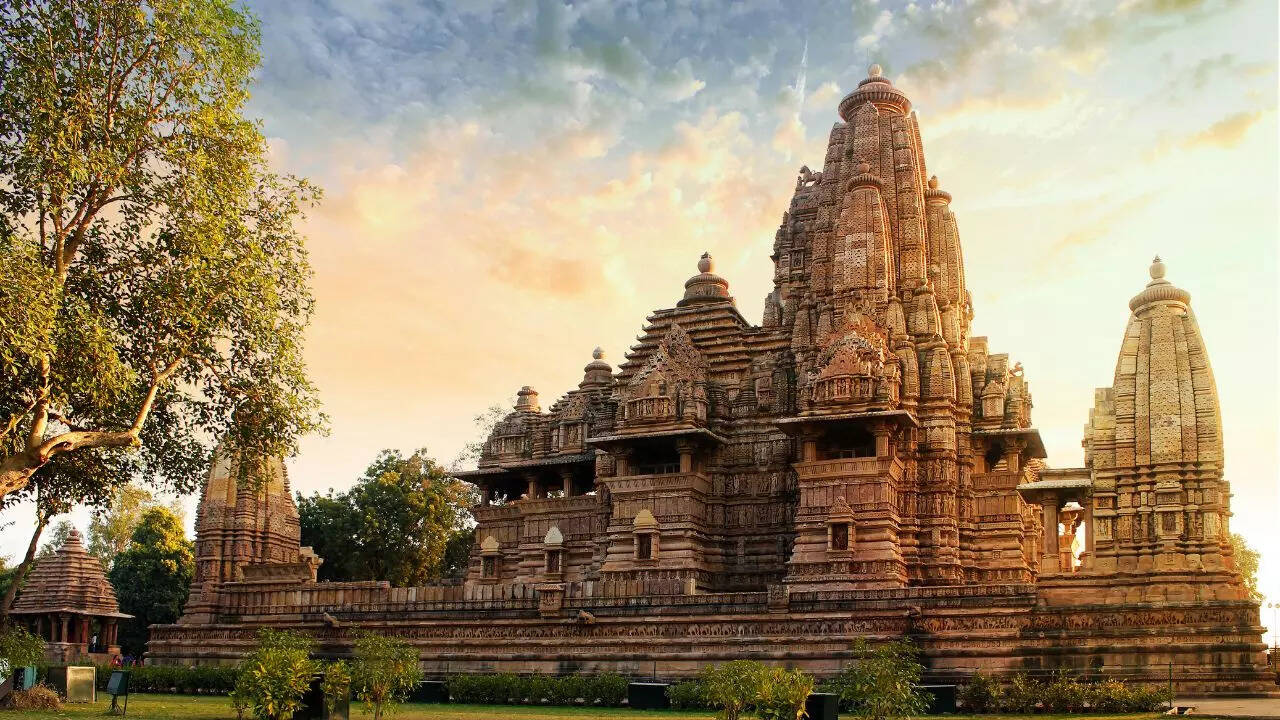
Khajuraho Temple, Madhya Pradesh
These UNESCO-listed temples, though most popular because of their sensual and artistic depiction of human life, depict love, passion and union as integral parts of existence. The temples are also famous for their intricate sculptures that depict life in medieval India, where your kids can learn about Indian art, artistry, mythology and religion. You can also combine your visit with the Khajuraho Dance Festival, held every year in February, which showcases classical Indian dances against the backdrop of illuminated temples.
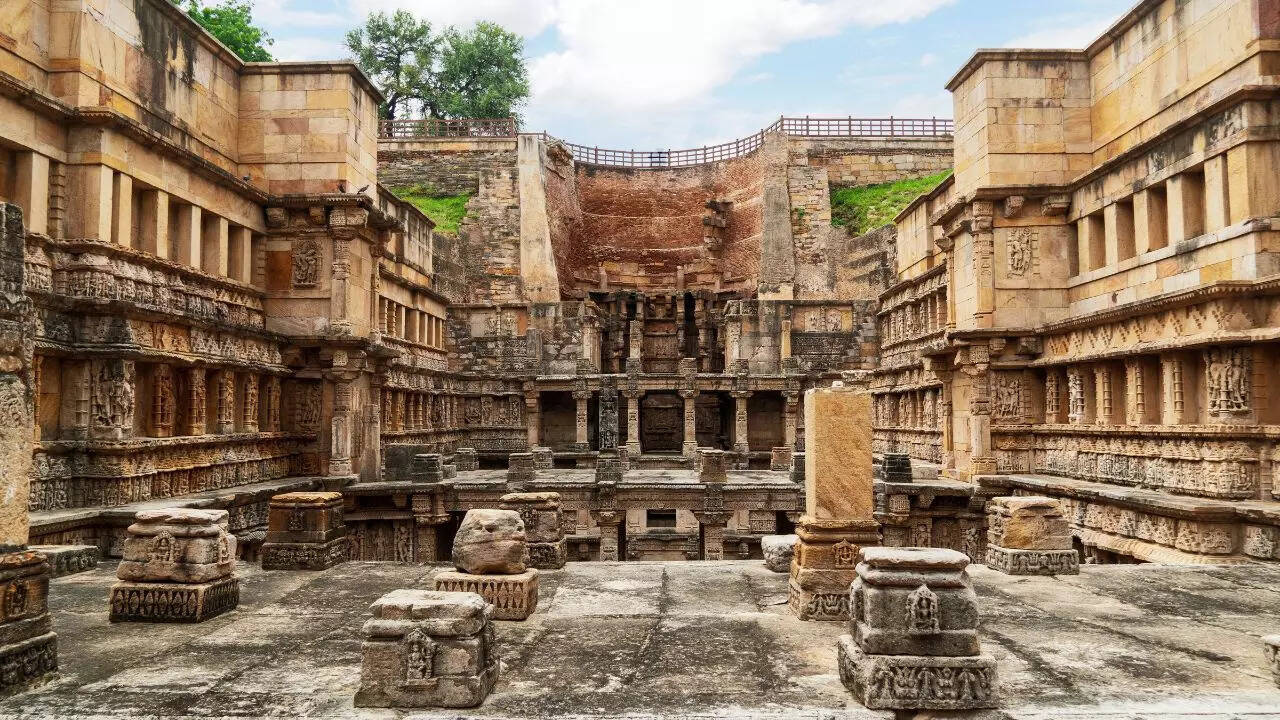
Rani Ki Vav, Gujarat
Located in Patan, Gujarat, Rani Ki Vav (Queen’s Stepwell) is an extraordinary example of ancient Indian engineering and artistry. Built in the 11th century by Queen Udayamati in memory of her husband, King Bhimdev I of the Solanki Dynasty, this UNESCO World Heritage Site is designed as an inverted temple, and is divided into seven levels of stairs with sculptured panels. Has gone. Your children will love exploring the cool, maze-like corridors and learning about ancient water conservation techniques.
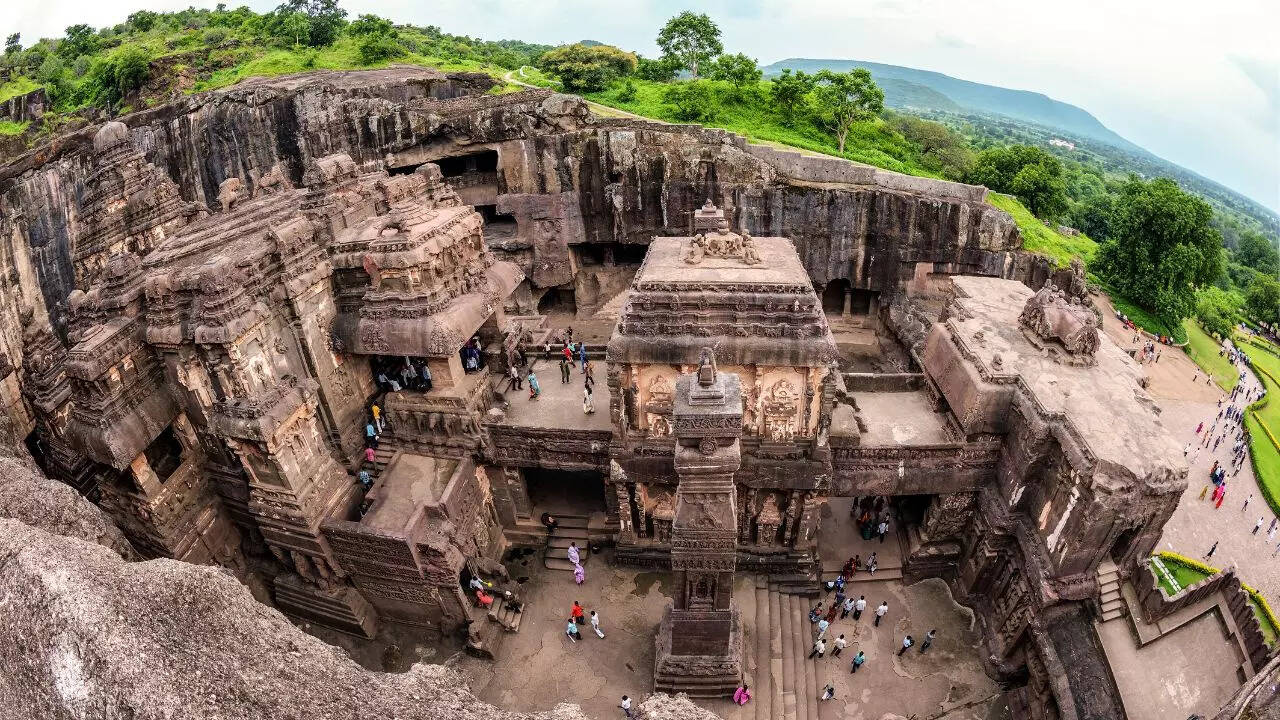
Ajanta and Ellora Caves, Maharashtra
The Ajanta and Ellora Caves in Maharashtra are among the most famous heritage sites of India, and showcase the artistic talent and spiritual heritage of ancient Indian civilizations. Although often lumped together, the Ajanta and Ellora Caves are two separate sites over 100 km apart. The first is a collection of 29 Buddhist caves carved into the Sahyadri hills, while the second is one of the largest rock-cut Hindu temple caves in the world.
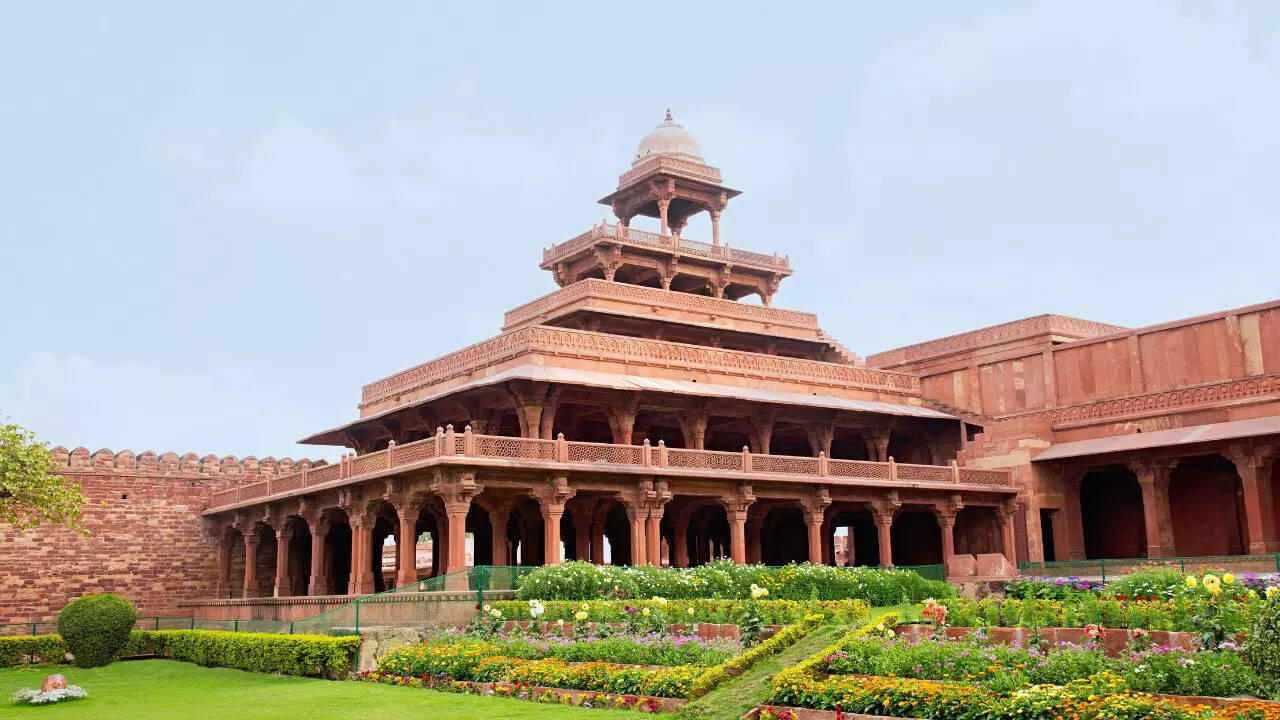
Fatehpur Sikri, Uttar Pradesh
Fatehpur Sikri, a UNESCO World Heritage Site an hour from Agra, was the former capital of Akbar and displays a blend of Indian and Persian architecture. Here, you and your kids can visit iconic sites like the massive Buland Darwaza, Salim Chishti’s Tomb, the grand Jama Masjid and the five-storey Panch Mahal. A symbol of Akbar’s foresight and spirituality, Fatehpur Sikri offers a glimpse of the prosperity and innovation of the Mughal period.
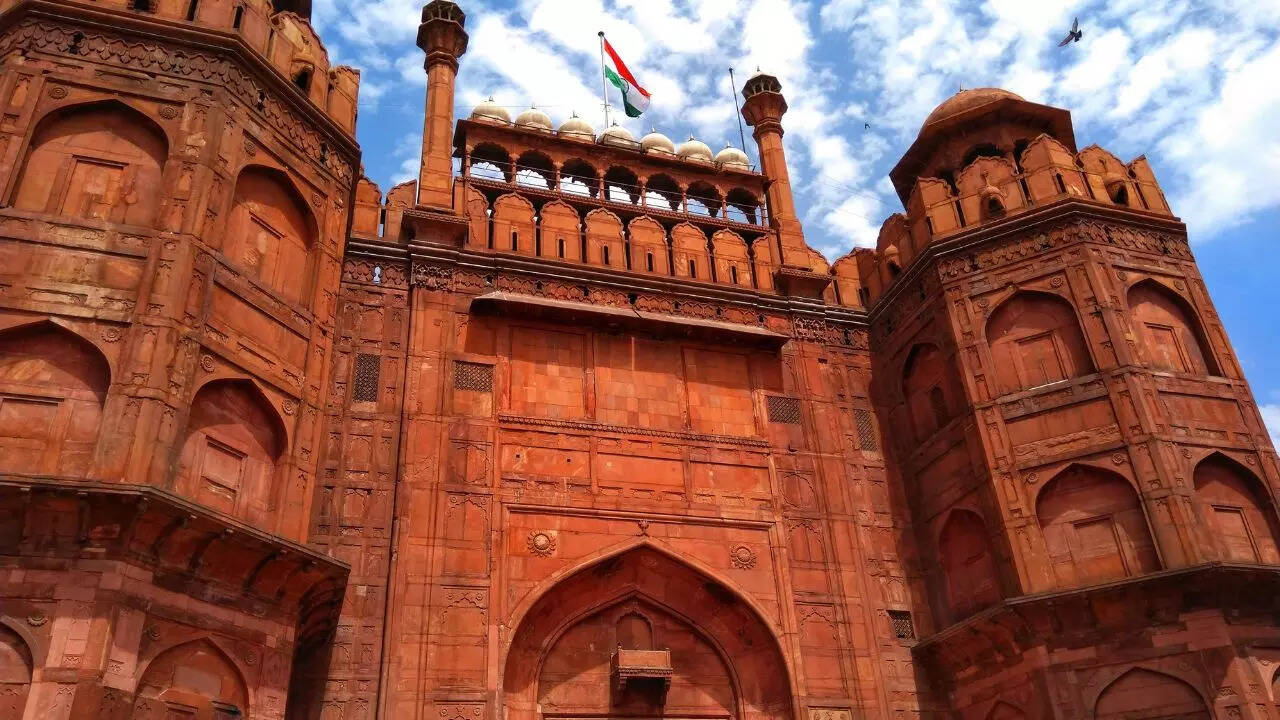
Red Fort, Delhi
A prominent landmark in the history of India, the Red Fort was the residence of the Mughal emperors and the place where India’s first Independence Day celebrations were held. Its grandeur and historical importance make it a must-see. Its striking red sandstone walls boast architectural marvels like the Lahori Gate, Diwan-i-Aam, Diwan-i-Khas and Moti Masjid, which are a blend of Persian, Timurid and Indian styles. Invite your children to attend an evening sound-and-light show that narrates the history of India.
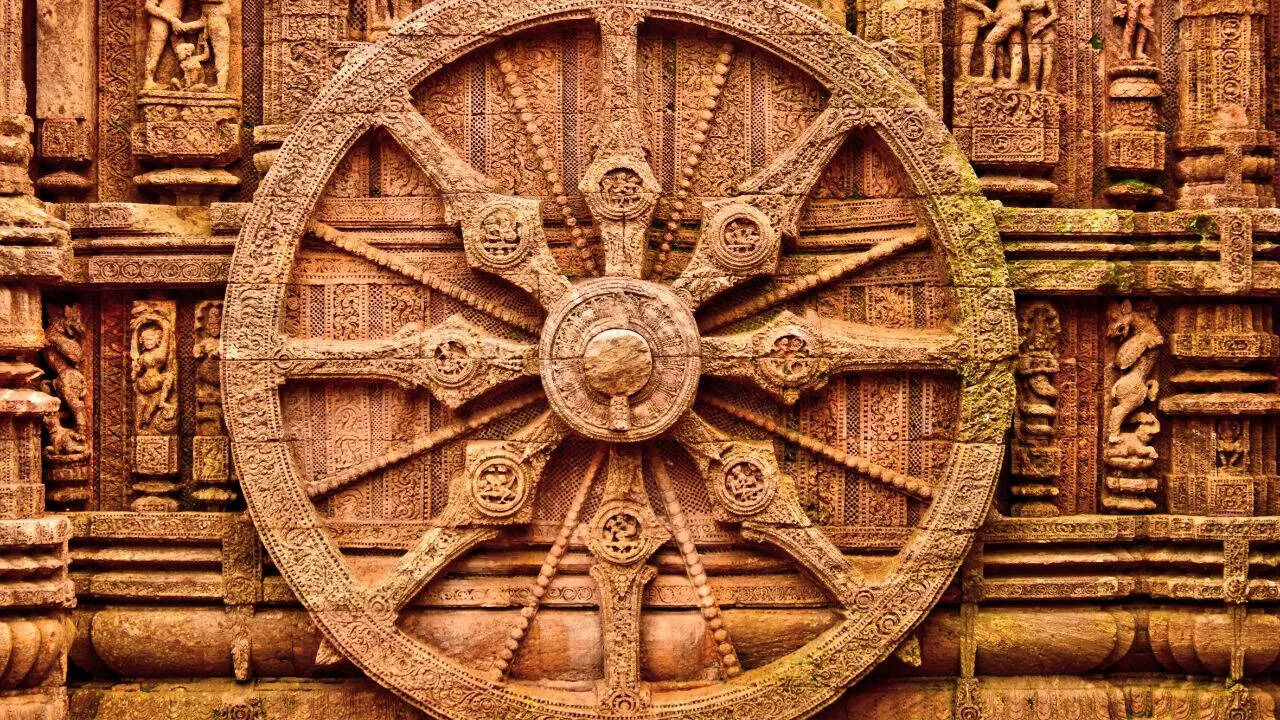
Sun Temple, Odisha
Shaped like a huge chariot, the Sun Temple of Konark is a tribute to the Sun God. Known as the “Black Pagoda” because of its dark granite construction, the temple was built on the shores of the Bay of Bengal in the 13th century by King Narasimhadeva I of the Eastern Ganga Dynasty. Your kids will love seeing the temple that rests on 24 intricately carved wheels, each about 12 feet in diameter, pulled by seven running horses.


